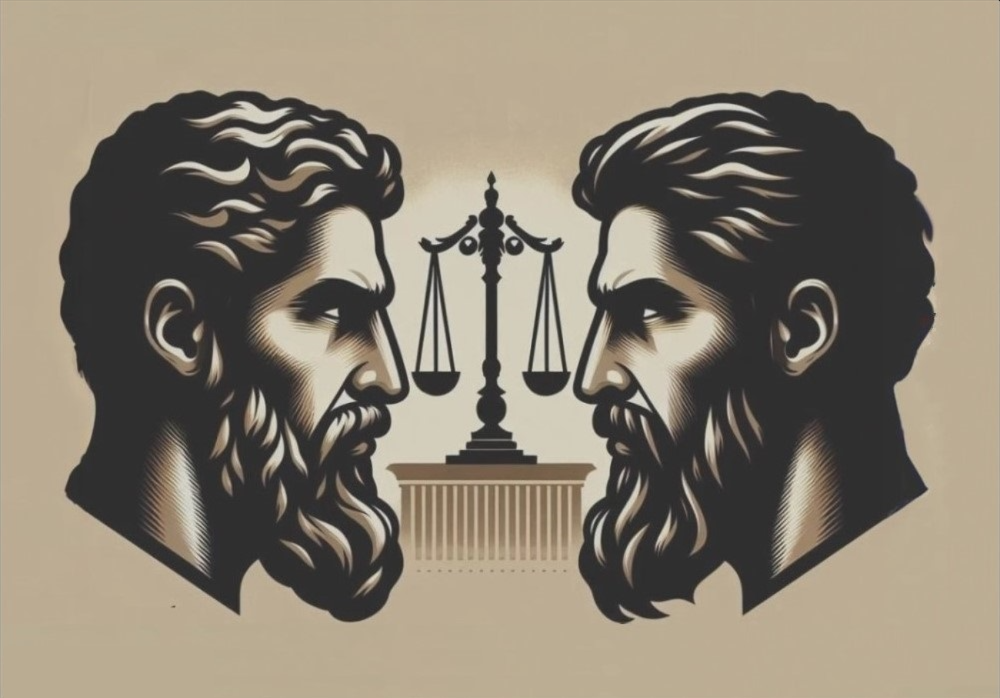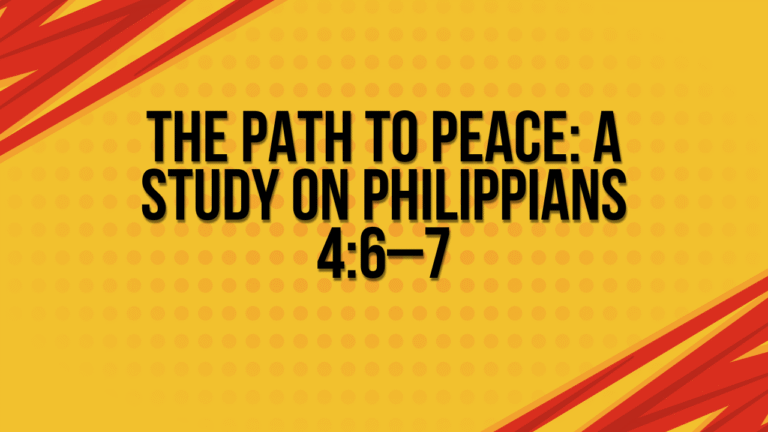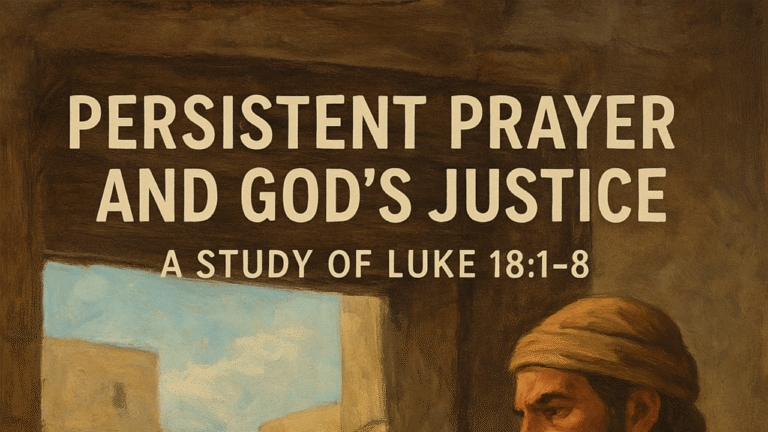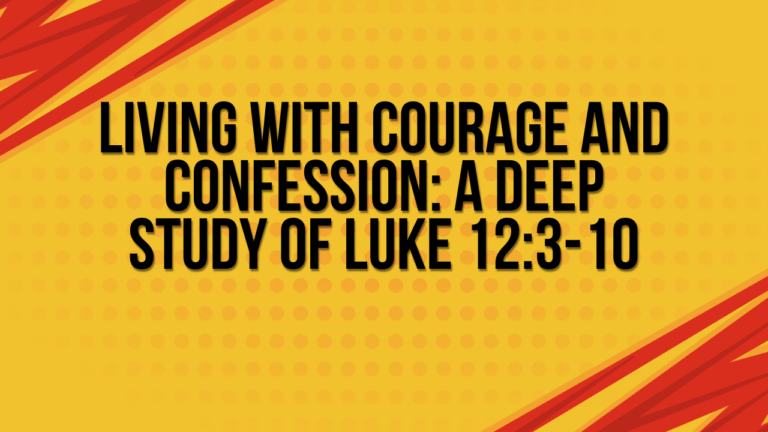“An Eye for an Eye”: Did the Old Testament Really Promote Violent Revenge? (Exodus 21:24)
The Most Misunderstood Law in the Bible
The phrase “an eye for an eye” has seeped into our cultural consciousness. It is routinely invoked to justify harsh punishment, to characterize a simplistic form of justice, or to paint the God of the Old Testament as vengeful and brutal. For many critics, it stands as a prime example of the Bible’s primitive ethics, starkly contrasted with the “superior” grace and turn-the-other-cheek philosophy of the New Testament. This famous lex talionis (law of retaliation) from Exodus 21:24, Leviticus 24:20, and Deuteronomy 19:21 is often seen as a divine endorsement of personal vengeance.
But what if this common interpretation is almost entirely backwards? What if this law was never intended to be a personal ethic for revenge, but was instead a revolutionary piece of legal reform designed to limit violence and prevent the escalation of bloodshed? To understand “an eye for an eye,” we must travel back to the ancient Near Eastern world before the Law of Moses, a world where justice was not standardized and feuds could wipe out entire families. This post will explore the brutal context that made this law necessary, its true purpose as a restraint on punishment, and how it ultimately points forward to a more profound solution for justice and mercy.
The World Before the Law: Unrestricted Vengeance and Escalating Feuds
Before we can understand the law, we must understand the problem it was solving. In the tribal, honor-based cultures of the ancient world, a personal injury or wrong was not settled by a court of law. It was settled by the principle of vendetta, or blood feud.
In this system, there was no concept of proportional response. If one man from Tribe A accidentally injured a man from Tribe B, the response from Tribe B would not be to seek a comparable injury. It would be to seek retribution that restored their lost honor, often by inflicting a greater harm. An injured eye might be avenged by killing the offender. A single death could trigger a cycle of revenge killings that escalated into the decimation of entire families or clans, spanning generations. This is the world depicted in the stories of Lamech in Genesis 4:23-24, who boasted, “I have killed a man for wounding me, a young man for injuring me. If Cain is avenged seven times, then Lamech seventy-seven times.”
This was the chaotic, violent norm. There was no higher authority to appeal to, no standard of justice, and no limit on retaliation. The strong preyed upon the weak, and minor disputes could spiral into tribal warfare.
The Revolutionary Purpose of “An Eye for an Eye”: Limiting Violence
Into this context of uncontrolled vengeance, the Law of Moses introduced “an eye for an eye” not as a command for individuals to seek revenge, but as a legal principle for judges to apply in a court of law. Its purpose was threefold:
-
To Ensure Proportionality: The law established that the punishment must precisely match the offense in severity and kind. It was a mathematical formula for justice: one eye for one eye, one tooth for one tooth, one life for one life. This was a direct attack on the escalating “seventy-sevenfold” vengeance of Lamech. It meant the victim’s clan could not legally demand more than what was lost. This was a monumental step toward a fair and impartial justice system.
-
To Deter Excessive Brutality: By making the punishment proportional, the law also protected the offender from excessive cruelty. It forbade torturing a man who caused an injury or killing a man who caused a death in an accident. It was a law that protected the rights of the accused as much as it provided justice for the victim. In a world where might made right, this law was a shield for the vulnerable against the powerful.
-
To Transfer Justice from the Individual to the Community: This is the most crucial point. “An eye for an eye” was not a license for personal retaliation. In fact, the very next chapter, Exodus 21, begins to establish courts and judges to handle disputes. The law explicitly forbade personal vendetta. Numbers 35 describes cities of refuge established for people who committed accidental manslaughter, protecting them from the “avenger of blood” (the go’el), who was a family member entitled to seek revenge. The system was designed to take justice out of the hands of angry individuals and place it in the hands of neutral, community-appointed judges who could coolly apply the principle of proportionality.
In its original context, “an eye for an eye” was not a barbaric law; it was a civilizing one. It was a necessary restraint on the innate human desire for disproportionate revenge. It was the beginning of codified, objective justice.
The Fulfillment in Christ: Moving Beyond Legal Parity to Heart Transformation
If “an eye for an eye” was a good law for its time, why did Jesus seem to contradict it in the Sermon on the Mount? He said, “You have heard that it was said, ‘Eye for eye, and tooth for tooth.’ But I tell you, do not resist an evil person. If anyone slaps you on the right cheek, turn to them the other also” (Matthew 5:38-39).
Jesus was not condemning the Old Testament law as evil. He was clarifying its true purpose and then pushing his followers toward a higher ethic. He was addressing the human tendency to use the law as a justification for personal spite and legalistic retaliation. The law was about establishing public justice; Jesus is about transforming the human heart.
He makes it clear that while the state has a role to play in administering proportional justice (a principle later echoed by Paul in Romans 13:1-4), the personal calling of his followers in their private interactions is not to insist on their legal rights. The goal of the Christian is not to win disputes or secure fair compensation, but to display grace, break cycles of retaliation, and ultimately win over the other person through unconditional love. The law of Moses was designed to limit evil in a fallen society. The teaching of Jesus is designed to overcome evil with good (Romans 12:21).
Jesus fulfills the law by addressing the root cause that the law could only manage externally: the human heart bent on revenge. He calls his followers to a supernatural ethic that is possible only through the transformative power of the Holy Spirit.
Modern Applications: Principles for Justice and Grace Today
The principle of “an eye for an eye” still underpins most modern Western legal systems. We call it “proportionality.” It’s the reason we don’t give the death penalty for a parking ticket or a small fine for premeditated murder. Our sense of justice demands that the punishment fit the crime. The Mosaic law provided the philosophical foundation for this cornerstone of modern jurisprudence.
On a personal level, however, Jesus’s teaching calls us to a different standard. We can appreciate and uphold the need for proportional justice in society while simultaneously practicing radical grace in our personal relationships. This means:
-
In Society: Supporting a justice system that is fair, impartial, and focused on restitution and rehabilitation where possible, not on cruel and unusual punishment.
-
In Personal Conflict: Choosing to break cycles of verbal retaliation, gossip, and hatred. It means forgiving debts, insults, and injuries that we have the “right” to pursue, for the sake of a greater good: reconciliation and witness.
-
In the Heart: Constantly examining our own motives. Are we seeking justice, or are we seeking vengeance? Are we hiding a desire to hurt someone behind a facade of “just wanting what’s fair”?
Conclusion: A Law of Limit, Not a License for Vengeance
The command of “an eye for an eye” has been tragically misused. It was never a cry for violent personal revenge. It was, in its historical context, a groundbreaking legal reform that declared, “The punishment must stop here.” It was a law of limit, designed to corral the infinite human capacity for retaliation and replace chaotic vengeance with measured, communal justice.
It pointed forward to a system where a judge would ensure fairness. And ultimately, it pointed beyond itself to the need for a solution to the heart’s problem—a solution found in the one who, though innocent, turned his other cheek, took the blow, and offered not an eye for an eye, but grace for sin, and life for death. The ultimate fulfillment of justice is not found in taking an eye, but in the one who gave his own eyes, beaten and blinded, to secure a forgiveness that breaks the cycle forever.







